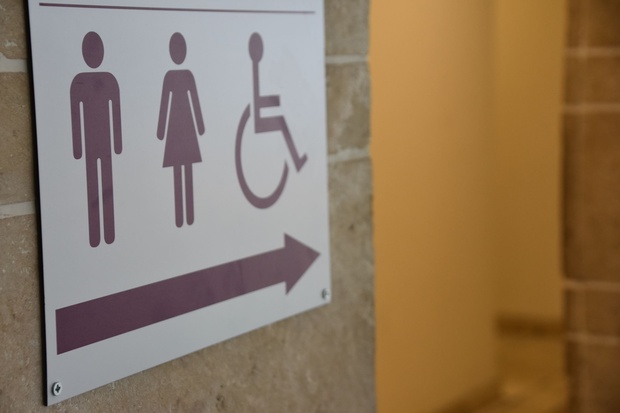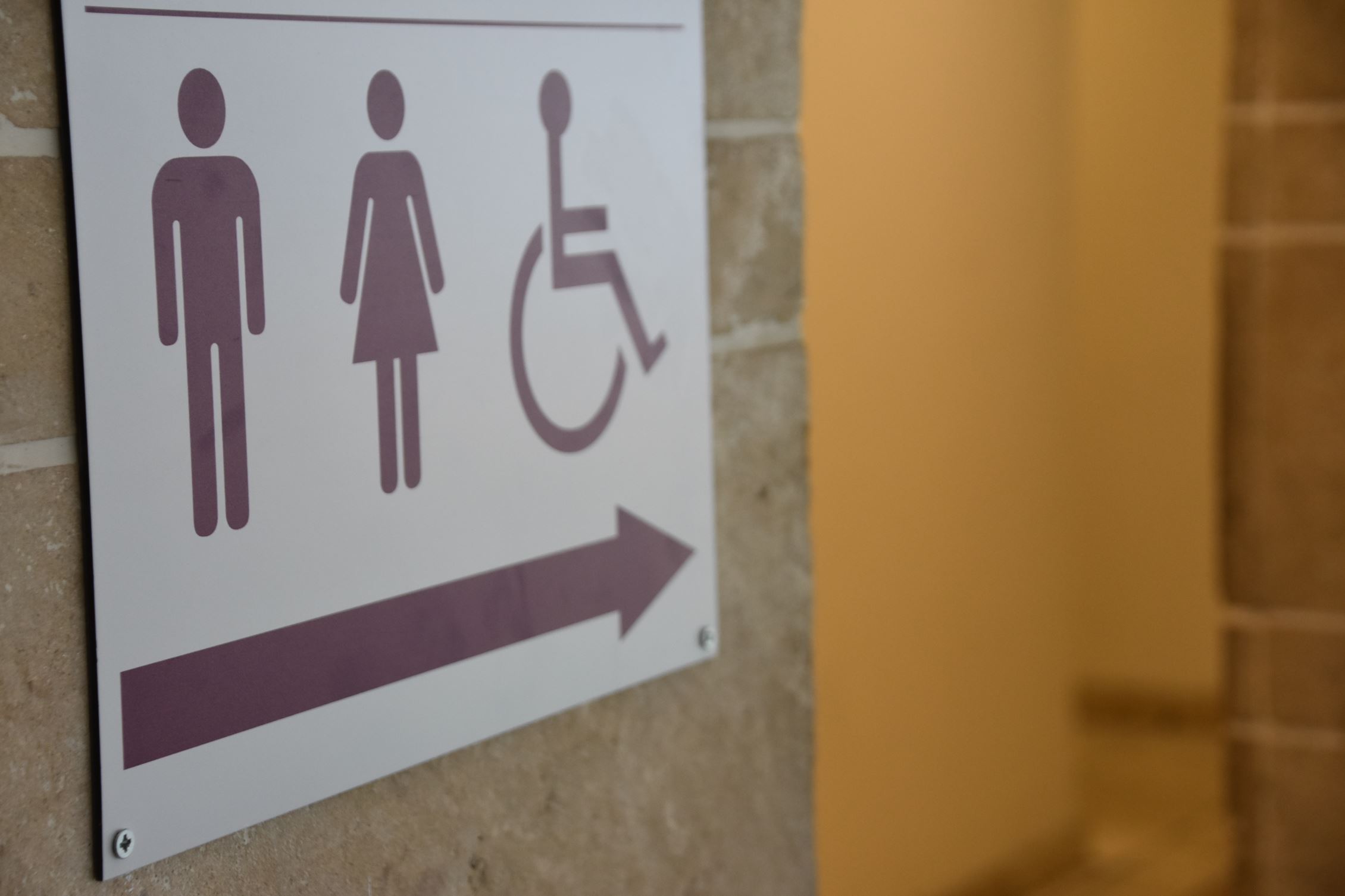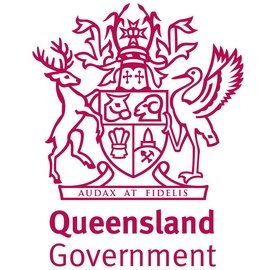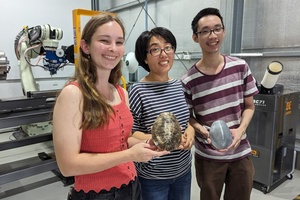During the hearing, P&C Federation Secretary Alan Gardiner and I discussed issues around school planning and infrastructure, including the dire state of toilets in many NSW public schools.
This topic quickly struck a chord and triggered a flood of requests for media comment as well as many P&C associations notifying us of the state of their school toilets.
Common problems with school toilets include disrepair due to inadequate maintenance, damage by vandalism that is not promptly repaired, the inability of students to wash their hands because there is no soap, and a general lack of cleanliness.
Some toilets are in such poor condition that students avoid using them.
It’s easy to see why this issue provoked a strong response. In an affluent country like Australia, it should be standard practice that toilets in government schools are well maintained.
The fact that they’re not is a sign that something is wrong with the way schools are maintained. We hear from our P&C associations that the poor state of toilets is of concern across different socioeconomic and demographic areas.
Unhygienic and poorly maintained toilets affect students’ health and wellbeing but the issue is a symptom of more fundamental problems. For many years there has been a lack of funding and adequate planning in public school infrastructure in NSW.
Many schools have seen rapid growth in student numbers and school infrastructure has struggled to keep up. This has often led to not just poor toilets, but poor infrastructure overall, such as rundown classrooms and an over-reliance on temporary classrooms.
In high growth areas of Sydney, even new schools quickly become crammed with temporary demountable classrooms due to surges in enrolments that the planners did not see coming.
We are aware of schools where there is no increase in toilet numbers or bathroom upgrades despite student numbers and demountables increasing rapidly.
Teachers have told the P&C Federation about how difficult it is to teach and engage students due to overcrowding. They are also concerned about the health impacts on children and teenagers if they are not using school toilets due to their poor condition.
P&C Federation has made a number of submissions to the NSW Government over the years on these matters but the problems still persist.
An underlying problem is that school infrastructure projects are often determined by short-term political factors, not community need.
An investigation by the NSW Auditor-General found that many school infrastructure projects in NSW government schools were prioritised by pre-announced election commitments.
This dilutes the effectiveness of long-term planning and could significantly impact the educational outcomes of children attending schools that are deprioritised.
Working around the short-term whims of politicians is unfair and undermines the ability of School Infrastructure NSW in the Department of Education to make long-term plans and investments.
Another problem is the underfunding of government schools over many years by the state and federal governments. Despite repeated claims that NSW government schools enjoy record funding, the funding they receive still does not meet the Schooling Resource Standard (SRS) developed under the Gonski needs-based funding model in 2013.
Non-government schools, on the other hand, either meet the minimum funding standard or are funded above it.
A walk through many private schools will reveal that the toilets, and infrastructure generally, are of far higher standard than in government schools.
There is absolutely no reason for the government school sector to have sub-standard infrastructure, and it should not be accepted.
There are many funding inequalities between school sectors. An example is the Federal Government capital grants program for private schools to improve infrastructure if they do not have enough capital resources.
In 2022, the Morrison Government approved more than $145 million worth of capital projects for private schools yet there is no equivalent federal grants program for government schools.
While such a program would not solve all the infrastructure needs in government schools it would be a very welcome measure to support public schools that are struggling.
P&C Federation will continue to advocate with governments and the NSW Department of Education for quality school infrastructure and calls on School Infrastructure NSW to urgently implement the recommendations of P&C Federation’s submission to the parliamentary inquiry and the Auditor-General’s report.
As fundamental as well maintained and hygienic toilets are for student health and wellbeing, the issue is just a symbol of the serious problems with school funding and infrastructure.
We hope that the justified frustration that parents feel about the state of their school toilets will be channelled towards fixing these fundamental issues.
The health, safety and wellbeing of children in public schools is paramount and should not be compromised.














